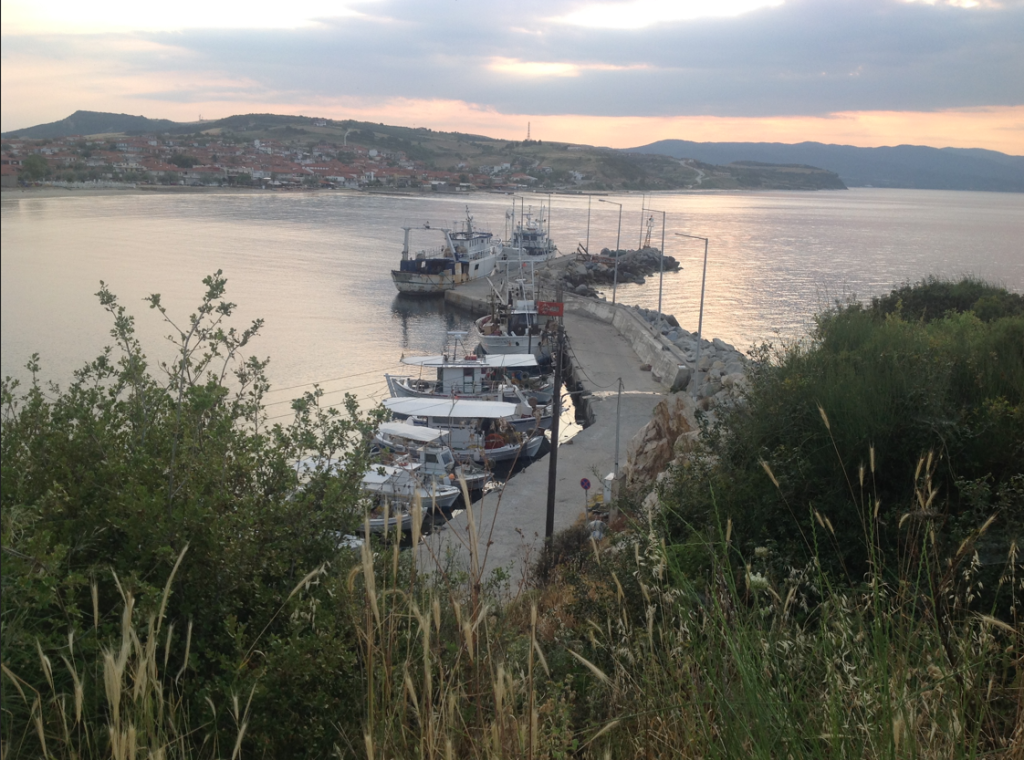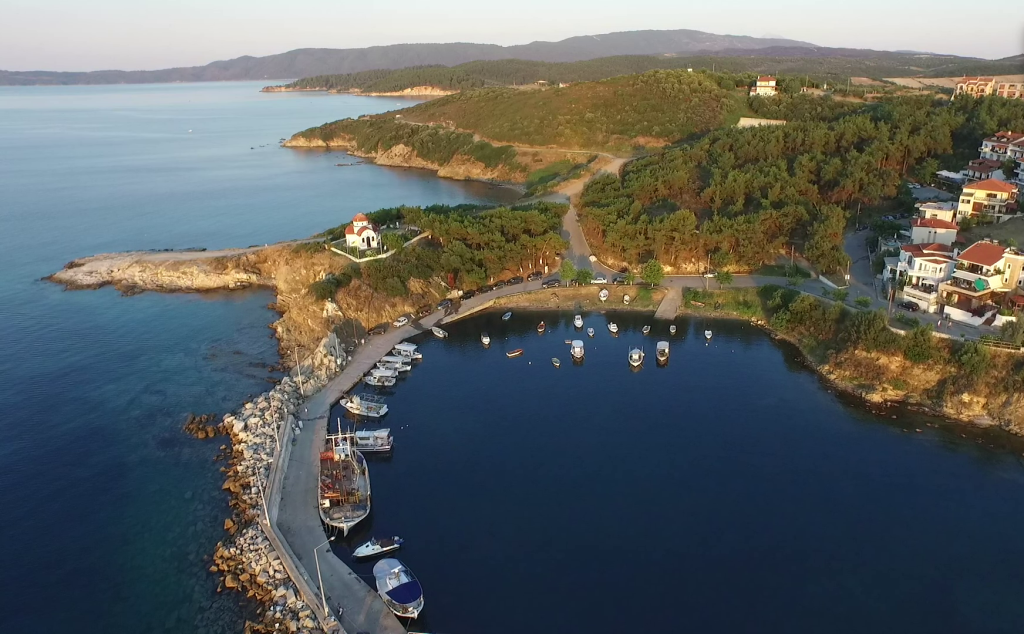
by Maria Pappa, Municipality Aristotle
The Canal of Xerxes is the largest technical project that took place in Halkidiki during the ancient era. According to Herodotus, in 480 B.C., during the Median wars, Xerxes, the king of Persians, wanted to lead his large fleet from Akanthos to Thermi (the name of Thessaloniki then) avoiding the danger of the Athonite circumnavigation and avoid having the same fate Mardonios had a decade ago. So, he ordered the opening of a canal that extended from today’s Nea Roda to Tripiti (Eastern Halkidiki) and connected the Akanthios Gulf to Athonian Bay where the cities Assa, Piloros, Siggos and Sarti, that had been already subjugated to Persians, were located.
Although the canal was mentioned by Herodotus, who described its dimensions in detail, and by ancient historian Thucydides, it has been an object of dispute by historians. The main dispute came from Dimitrios the Skipsios, who observed that the one end of the canal had a hard rock, which was impossible to have been dug at the time of the construction, a fact that led him to assume that a diolkos existed there. In general, several other writers supported the case of the diolkos, as in ancient Corinth.

According to the description of Herodotus, Xerxes assigned the project to Artachei and Vourvaro. It is said that the huge Artacheis, who was an Achaemenid, was taller than any other Persian, almost 2,5m tall and had a booming voice. However, just before he finished the construction of the canal, he became very ill and died, an event that Xerxes considered to be a bad omen. He was buried in Akanthos with great honors.

The canal has been discovered between the villages of Nea Roda and Tripiti. Nowadays, in the landscape there is nothing to remind the huge, ancient construction, apart from a small valley in the center of the isthmus. The canal is 2km long and 30m wide. Its maximum depth is estimated to be 15m. It is visible from a high altitude, since the place has been suffered subsidence. In 2008, British and Greek engineers made research that showed the exact location and size of the canal, thus rejecting the theory of diolkos.

Local Municipality of Aristotle (Eastern Halkidiki) is running a storytelling campaign inspired by the “spirit” of the Persian King. Thus, special tourism forms are already developed, such as trekking and biking on the route of Xerxes, fishing where Xerxes passed, gastronomy, wine tours, ancient Greek and Asia Minor, culture, conferences, environmental actions, school tourism, luxury and high-end tourism, honeymoon, weddings, sports tourism-sports competitions, yoga, all under the communication auspices of The Xerxes Project.
Ancient crops, such as pomegranates, wheat, reeds, etc. will compose an environmental park of peace , which will come into direct confrontation with the past, which marked the passage of Xerxes towards war.





